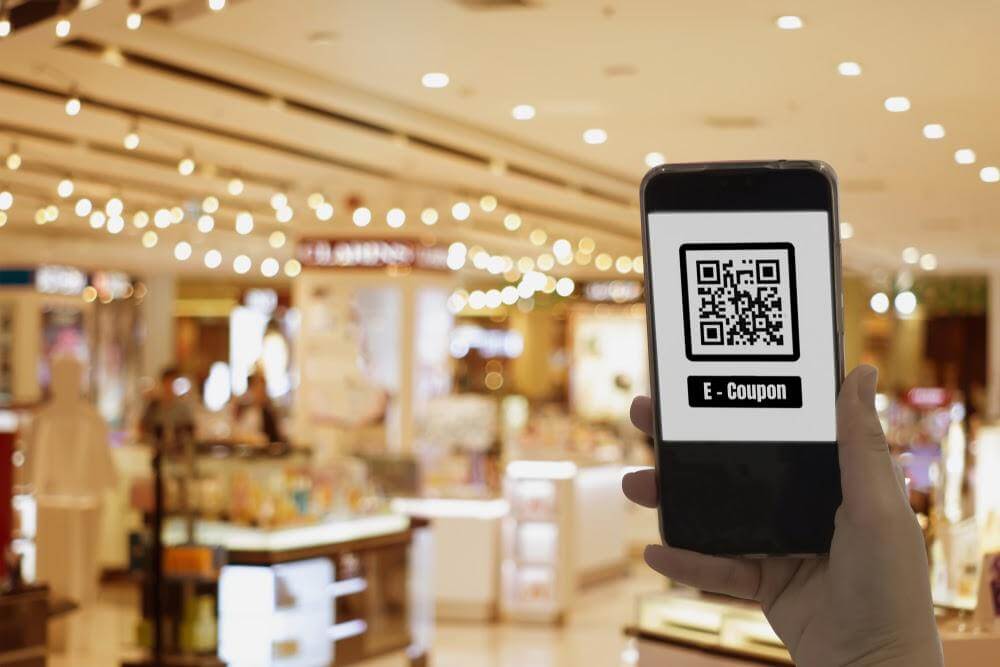In the dynamic landscape of retail, technological innovations continually reshape the way consumers interact with products and brands. Quick Response (QR) codes have emerged as a transformative tool, seamlessly integrating the physical and digital realms to enhance the shopping experience. In this article, we explore the multifaceted ways in which QR codes are revolutionizing retail, from empowering consumers with information to streamlining transactions and creating a more immersive shopping journey.
1. Empowering Informed Purchases:
QR codes empower consumers with instant access to a wealth of product information. By scanning a QR code on a product label or display, shoppers can retrieve details such as specifications, user reviews, and pricing. This transparency allows for informed decision-making, fostering trust between the consumer and the brand.
2. Contactless Payments and Transactions:
The integration of QR codes into mobile payment systems has revolutionized the checkout process. Retailers now leverage QR codes for contactless payments, enabling customers to make transactions swiftly and securely using their smartphones. This not only reduces friction at the point of sale but also aligns with the growing preference for touch-free experiences.
3. Personalized Promotions and Discounts:
QR codes serve as a dynamic platform for delivering personalized promotions and discounts. Retailers can create targeted campaigns, linking QR codes to exclusive offers, loyalty programs, or limited-time discounts. Shoppers scanning these codes enjoy a sense of exclusivity, while retailers can track the success of promotions and adapt strategies accordingly.
4. Seamless E-commerce Integration:
In an era where the distinction between online and offline shopping is increasingly blurred, QR codes facilitate seamless e-commerce integration. Retailers use QR codes on physical store displays to direct customers to online platforms for additional products, extended collections, or convenient purchasing options. This convergence enhances the overall shopping experience and accommodates diverse consumer preferences.
5. Virtual Try-On and Product Demos:
QR codes contribute to the evolving landscape of augmented reality in retail. In the fashion and beauty sectors, for example, QR codes on product labels can direct users to virtual try-on experiences or demonstrations. Shoppers can visualize how a garment fits or virtually test a cosmetic product, enhancing their confidence in the purchase.
6. Loyalty Programs and Customer Engagement:
Retailers leverage QR codes to streamline participation in loyalty programs and engage customers. Scanning QR codes can enroll shoppers in loyalty programs, track purchases, and provide instant access to accumulated rewards. This fosters a sense of appreciation and encourages repeat business.
7. Enhanced Customer Service:
QR codes facilitate improved customer service by providing quick links to user manuals, troubleshooting guides, or customer support. When printed on product packaging, QR codes become a valuable resource for customers seeking assistance or additional information, reducing the need for manual searches.
8. Eco-Friendly and Sustainable Practices:
The use of QR codes aligns with sustainable retail practices by reducing the need for extensive paper-based materials. QR codes on product packaging, for instance, can replace traditional user manuals and promotional inserts, contributing to a more eco-friendly shopping experience.
Conclusion:
QR codes have emerged as a transformative force in the retail landscape, elevating the shopping experience for both consumers and retailers. From providing instant access to product information and facilitating seamless transactions to enhancing customer engagement and embracing sustainability, QR codes are at the forefront of innovation in retail. As technology continues to evolve, the integration of QR codes will likely play an even more significant role in shaping the future of retail, creating a more connected and dynamic shopping journey for consumers worldwide.

